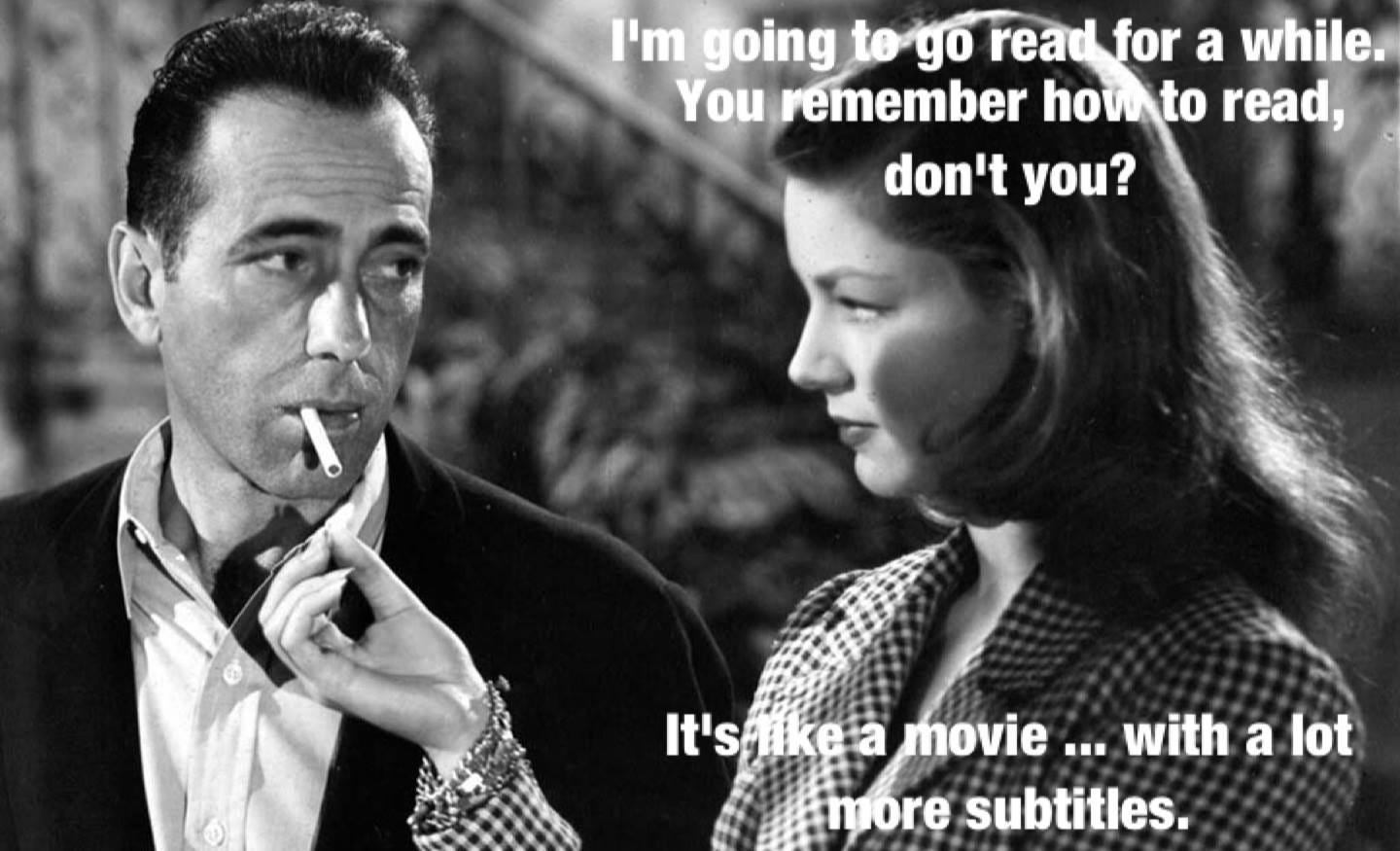Bookish Diversions: Me, Myshelf, and I
Organizing Your Mind by Organizing Your Books, Elastic Bookcases, Bookstores, Diversity in Publishing, More
¶ Myself is a compound noun: my + self. Given the role of books in forming our identities and outlooks, why aren’t we also using myshelf? E.g., “After looking at myshelf, I realized x, y, and z about the universe.” Yes, the word is cheesy. And I don’t actually recommend it. But the thought is another matter. If you take philosopher Andy Clark’s extended mind theory seriously—and who doesn’t, really?—a bookcase is an extension of our cognitive workspace. In a real and practical sense, our books are just part of our mind.

¶ Organizing a library can be an act of self-revelation. Writes Leslie Kendall Dye, “I marvel that the complexity of the human heart can be expressed in the arrangement of one’s books. Inside this paper universe, I find sense within confusion, calm within a storm, the soothing murmur of hundreds of books communing with their neighbors. Opening them reveals treasured passages gently underlined in pencil; running my hand over the Mylar-wrapped hardcovers reminds me of how precious they are. Not just the books themselves, but the ideas within, the recollections they evoke.”
¶ Bookshelves as catalogs of aspiration. Writes Bryan VanDyke, “If the books on my first bookshelf were once signals for who I wanted to be, then the books on those Brooklyn shelves were reminders of what I still needed to do. . . . The rows of books were long lines of dares, double dares, triple dares. Get to it, boy, their spines all read.”
¶ How reading habits affect book display. “I’m an appalling reader, promiscuous and inattentive,” says author Patrick Radden Keef. “I spend hours every day reading, but I magpie around and don’t finish things. As a consequence, books tend to pile up on my night stand in teetering stacks, accumulating passive-aggressively, like an accusation. Fortunately, I consider random Jenga towers of books to be the height of sophisticated décor.” He admits his wife disagrees.
¶ If you need more shelf space—don’t we all?—have a look at these specimens.


¶ And for your Christmas list: A book carrousel! “We’ve always needed tabs,” said Hollis Robbins after seeing this image. It’s a good reminder that habits of use sometimes transcend specific technologies; from books to web browsers, we benefit from keeping several pages open at once.


¶ Dwindling second-hand bookshops. My first job out of high-school was at a used bookstore—the Almost Perfect Bookstore in Roseville, California. Alas, it has since closed its doors. It’s not alone. ”The increase in online buying has meant a reduction in the number of physical outlets, but those that remain have a beadier eye for bargains unsuspected by their owners. The trade has lost much of its charm and romance, and the number of eccentrics has dwindled. . . . They were not just running a business; they were conduits of civilisation.”
¶ Alta magazine has published a fantastic list of 85 indie bookshops on the West Coast. I used to love shopping at Blue Dragon Bookshop in Ashland, Oregon. Alas, it’s closed. But Bloomsbury down the street is still going strong. I was delighted to see the same is true for Beers Books in Sacramento where I used to love shopping after classes in college. And I’ll be checking out the Book Cellar in downtown Lincoln, California, at my first opportunity; there was no bookshop in Lincoln when I lived there in my late teens.
¶ Here’s a fascinating Twitter thread about what keeps little bookstores in New York afloat.
¶ How Barnes and Noble went from being the book-retail villain—satirized in the Tom Hanks and Meg Ryan movie, You’ve Got Mail—to a brave holdout against the encroachments of Amazon.
¶ Alan Cornett confronts a limiting belief.
¶ You’ve probably never heard of Shy Santiago, but you should. She’s an inspiring African American homeschooling mom of nine who started her own publishing company to help kids learn Spanish, Swahili, Korean, Japanese, and more.
¶ Diversifying the publishing business: “Even as late as 2016, a whopping 87 percent of publishing professionals identified as white or Caucasian in a survey conducted by Publishers Weekly, and only 11 percent identified as Black, Hispanic, Asian or mixed,” according to the New York Times. My limited experience echoes these numbers; at Thomas Nelson where I worked over a decade, our staff was overwhelmingly white. It seems greater inclusion would only benefit the industry—an example of better talent allocation Tyler Cowen and Daniel Gross discuss in their recent book. Thankfully, some publishers are intentionally pushing that direction, as this wide-ranging and well-reported article in the New York Times magazine shows.
¶ Books vs. movies.
Thanks for reading! I’m reviewing all the books I read in 2022, more or less, and sharing those reviews here, along with other bookish diversions. Sign up to discover more remarkable reading!
And if you’re already a subscriber, don’t keep it to yourself! Forward it to a friend. Thanks!




